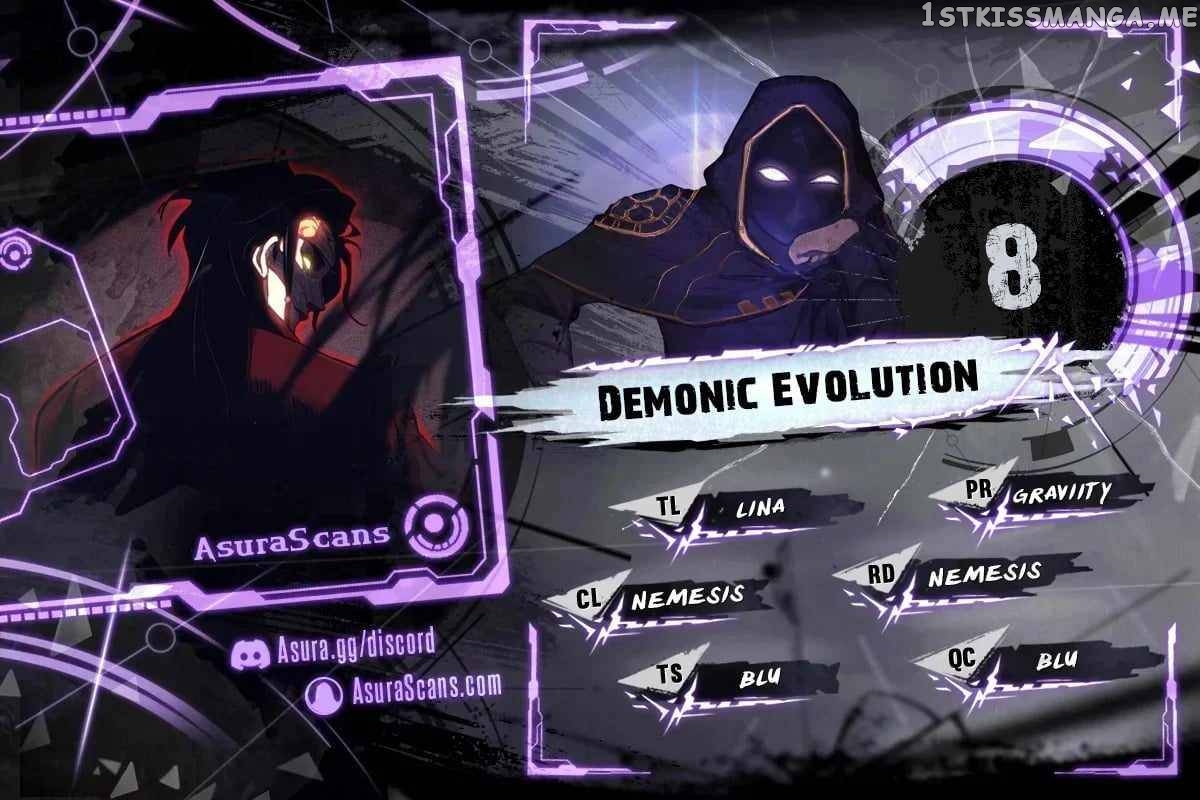Welcome to Chapter 8 of our riveting series on Demonic Evolution. In this installment, we delve deeper into the enigmatic process of malevolent transformation and explore how demons evolve. From ancient folklore to modern pop culture, demons have been a subject of fascination and fear; their evolution is shrouded in mystery. Join us as we journey through the dark and arcane world of Demonic Evolution CH 8
The Nature of Demonic Evolution
Demonic evolution refers to the process through which demons undergo significant physical and metaphysical changes, leading to the enhancement of their powers and abilities. Like any other living entity, demons also exhibit evolutionary traits, adapting to their dynamic environments. This relentless drive for power is a key characteristic that distinguishes demons from other supernatural beings.
Demonic Evolution CH 8: Origins of Demonic Evolution
The origins of Demonic Evolution can be traced back to ancient mythologies and religious texts. In these narratives, demons are often depicted as fallen angels or evil spirits straying from the divine path. Their transformation into demonic entities is usually a result of rebellion, jealousy, or intense negative emotions. As time passed, these mythological interpretations evolved, incorporating new beliefs and cultural influences, giving rise to diverse demonic entities and their respective evolutionary paths.
Stages of Demonic Evolution
The process of Demonic Evolution is believed to occur in distinct stages. While the specifics may vary across different mythologies, several common stages can be identified:
a. Corruption: Demons are believed to start their evolutionary journey as corrupted beings. Their fall from grace or purity makes them embrace malevolence, darkness, and wickedness. This initial stage sets the foundation for their subsequent transformations.
b. Lesser Demon: At this stage, the corrupted entity manifests some demonic traits and gains limited supernatural abilities. These “lesser demons” often serve more powerful demonic entities and are considered lower in the hierarchy of the netherworld.
c. Greater Demon: As demons continue to amass power and hostility, they ascend to “greater demons.” These entities wield substantial supernatural abilities and possess a higher level of autonomy, often leading to hordes of lesser demons.
d. Archdemon: Archdemons represent the pinnacle of Demonic Evolution. They are immensely powerful, possessing abilities that rival even the most formidable celestial beings. In some traditions, archdemons are considered rulers of entire infernal realms, commanding legions of demonic followers.
Demonic Evolution CH 8: Catalysts of Demonic Evolution
Various catalysts can trigger and expedite the process of Demonic Evolution. Some of the most prominent ones include:
a. Souls of the Damned: The consumption of corrupted souls or souls of individuals who have committed heinous acts is believed to grant demons significant power and accelerate their evolution.
b. Dark Rituals: Certain dark rituals and infernal pacts can serve as conduits for demonic entities to tap into forbidden energies, enhancing their abilities and facilitating their evolution.
c. Negative Emotions: The accumulation of negative emotions such as hatred, envy, and anger can fuel the demonic transformation, pushing entities further down the path of enmity.
Divergent Paths of Demonic Evolution
It is essential to acknowledge that the concept of Demonic Evolution is not uniform across all mythologies and cultural interpretations. Different belief systems offer varying explanations for the evolutionary paths of demons. While some portray demons as irredeemably malevolent beings, others explore the possibility of redemption and the potential for demons to revert to their former benevolent selves.
Demonic Evolution CH 8: Modern Depictions and Cultural Impact
Demonic Evolution CH 8 has become a popular trope in contemporary literature, movies, and video games. Creators often draw inspiration from ancient folklore while adding their unique twists to create compelling and terrifying narratives. These depictions further contribute to the enduring fascination with the supernatural and the eternal struggle between good and evil.
Conclusion
Demonic Evolution CH 8 remains a captivating and multi-faceted aspect of mythology, offering insight into the complexities of the human psyche and our fascination with the unknown. From ancient religious texts to modern storytelling, the allure of demons and their evolution continues to captivate audiences worldwide. As we conclude this chapter, we are reminded that the allure of the dark side, though captivating, also serves as a cautionary tale, highlighting the importance of resilience against malevolence and the redemptive power of compassion and virtue.

